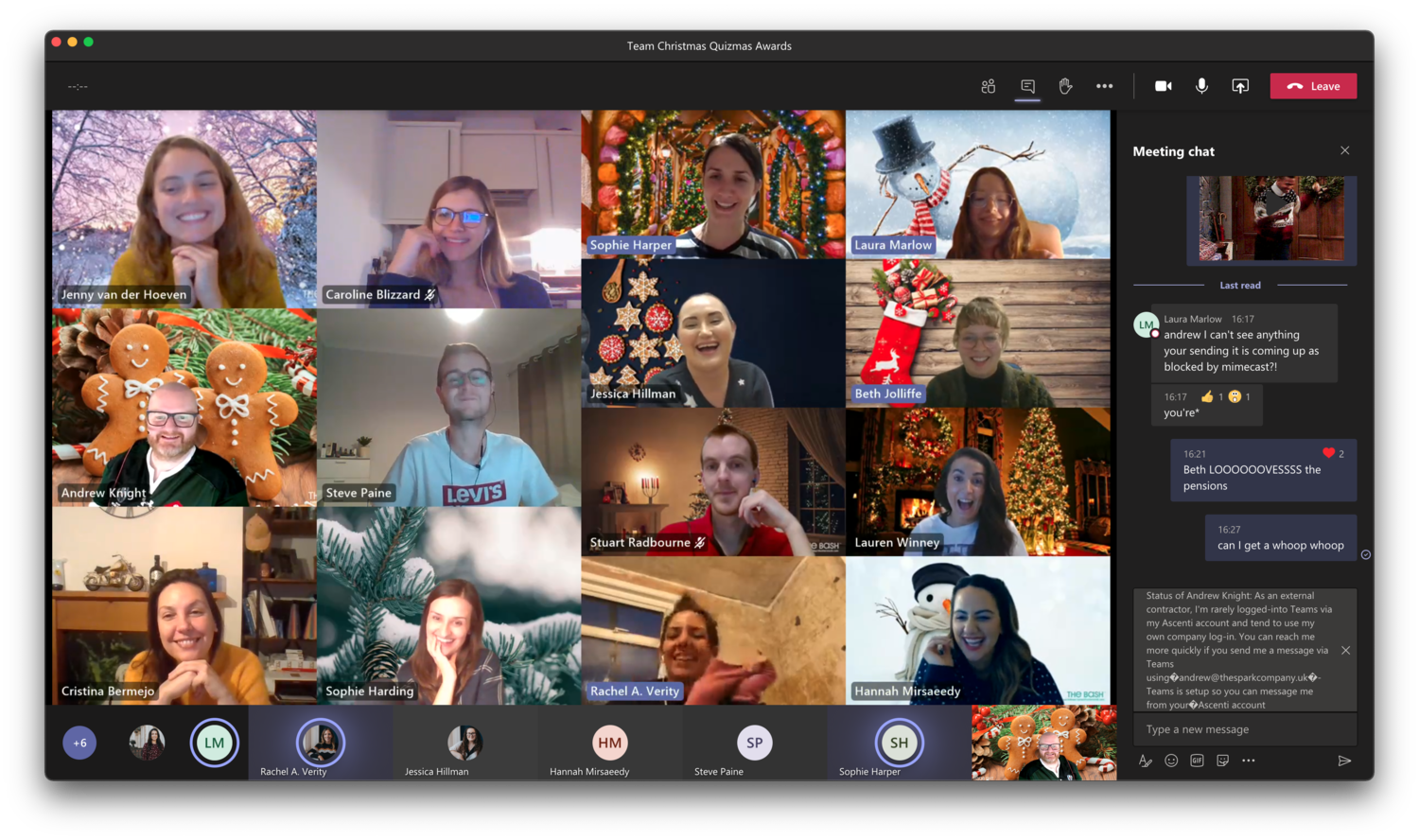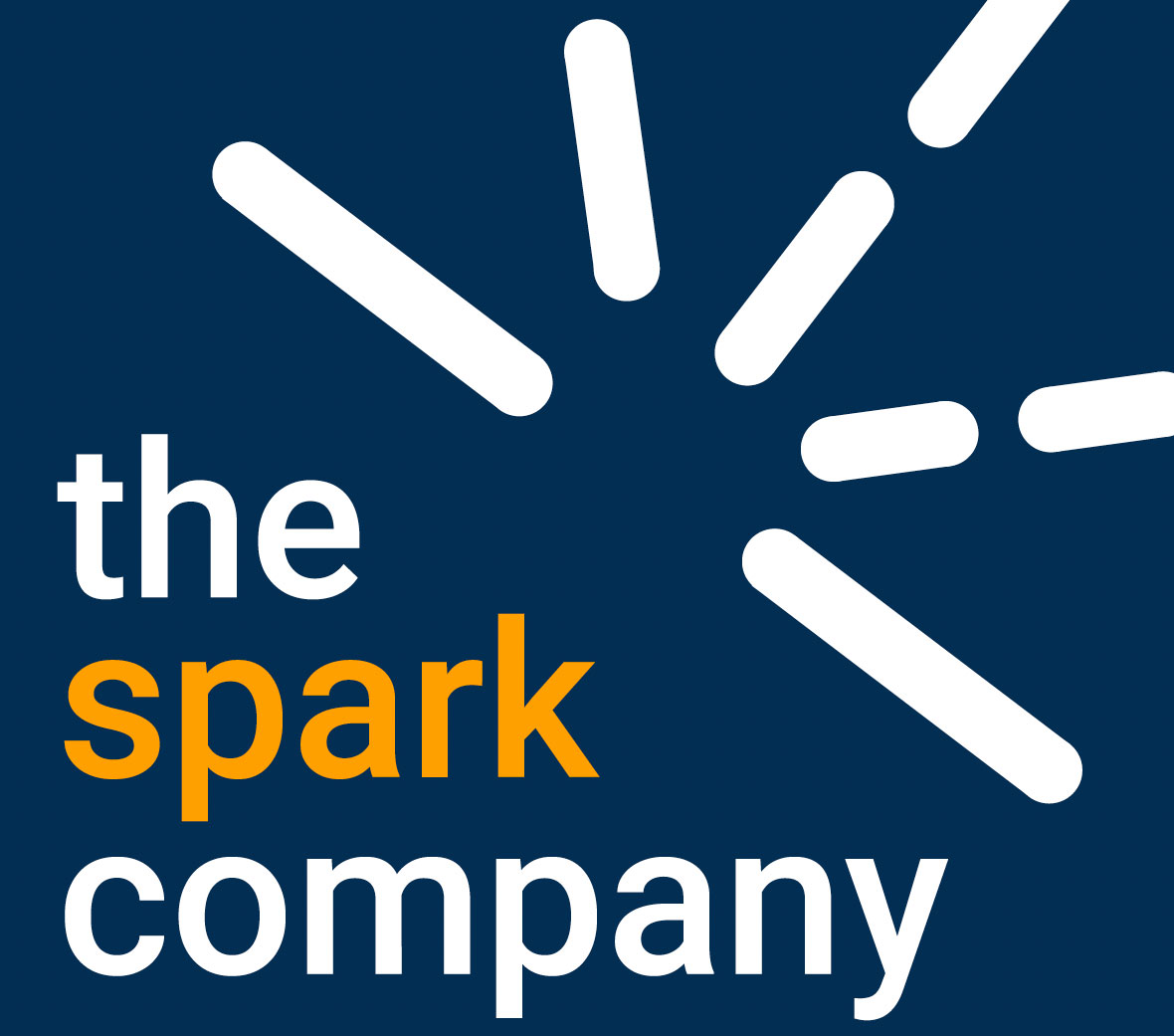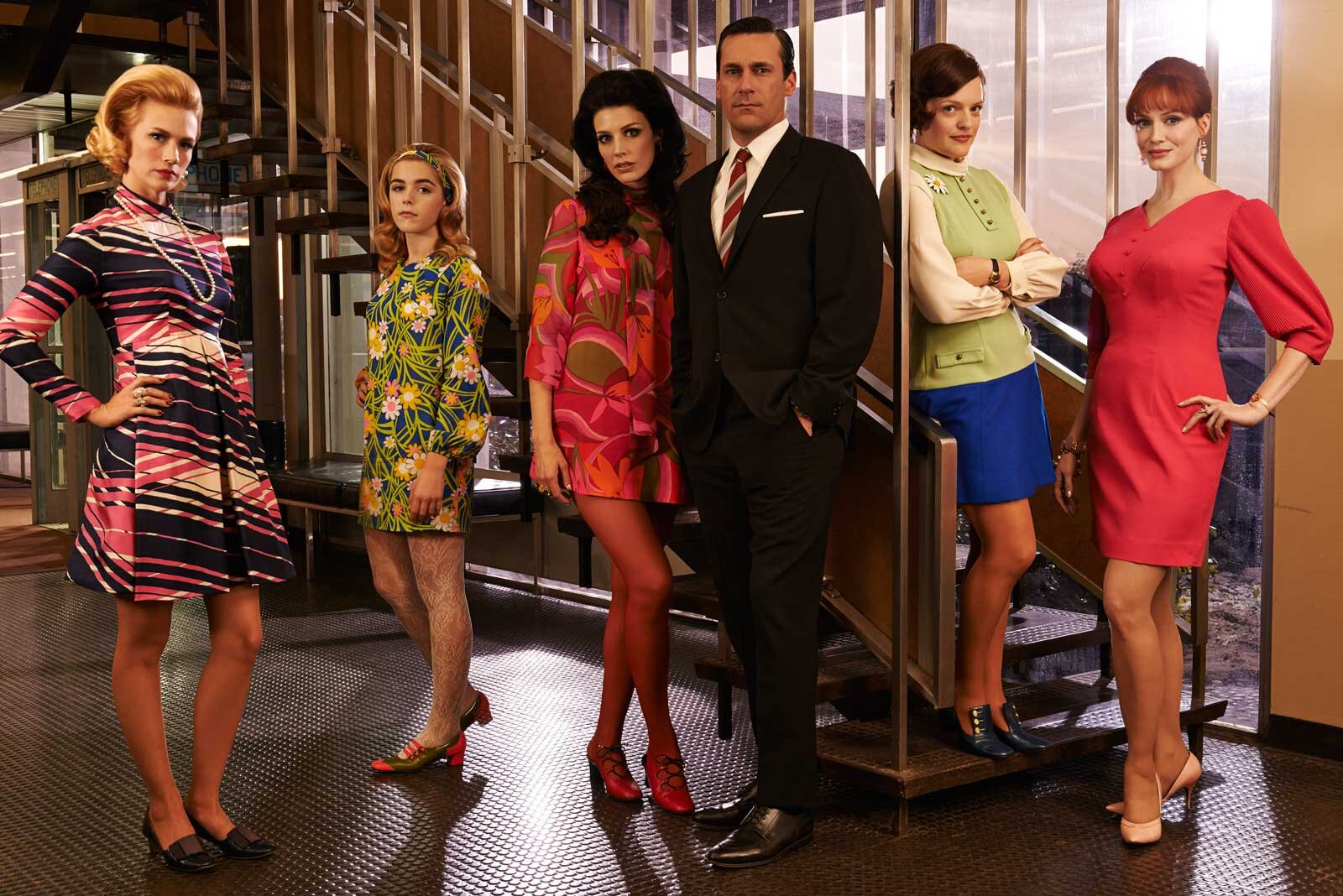Before the article, a word or two about Ukraine 🇺🇦 When I drafted the outline for this article a few weeks ago, I couldn’t have imagined that Russia was about to invade Ukraine. At that time the rolling-news agenda was dominated by #partygate, the Sue Gray report, the Met Police and the ‘toxic culture’ at 10 Downing Street. What a difference two weeks makes. Like many of you, I’ve watched the news in horror, bearing witness to this unfolding catastrophe through the reports of journalists and the messages from the brave people of Ukraine. And let’s be honest; from my position of relative comfort and privilege, ‘thoughts and prayers’ are utterly insufficient. If you want to do something to help, you can donate to the Disasters Emergency Committee Ukraine Humanitarian Appeal. By donating you’ll help DEC charities provide food, water, shelter and healthcare to refugees and displaced families. Also, the DEC Afghanistan Crisis Appeal remains open to respond to what the Head of the World Food Programme previously described as “the worst humanitarian crisis on earth”. I’ve decided to publish this article as planned, because an organisation’s culture and leadership are key to the resilience, productivity and success of its team. This is especially important at times of uncertainty and crisis, whether the cause is close to home and (potentially) controllable, or further afield and out of our control. So, what does your company culture say about you, how you manage uncertainty, and how you support your team?
Can you see what your workplace culture says about your business? Having a strong workplace culture can be a lifeline in times of pressure or stress. Internal strains aside, whatever’s happening in the world will have an impact on your workforce. Whether the pressures and stresses your team are feeling are as a result of Brexit, COVID-19 or a raging war, a working environment that feels psychologically safe is really important.
Prior to the Russian invasion of Ukraine, the ‘toxic culture’ of both Downing Street and the Met Police dominated the news for what felt like forever. Understanding that culture change is key in transforming an underperforming business is not an alien concept to many leaders. Most leaders understand the necessity of good workplace culture. The trouble is that even though we know what it means, it can still be hard to recognise what’s happening in our own organisations.
Most leaders don’t know how to objectively measure and assess company culture In this article, we discuss a few positive and negative indicators that you might recognise from your own business. Lots of positives means Sue Gray is never going to knock on your door…but more than a handful of negatives is a definite red flag. Think of your organisation as a complex web of different traits, habits, actions … ways of communicating. Johnson and Scholes mapped this out in their Cultural Web tool into six high-level categories, which we’ve unpicked here.
What are the positive signs that we have a healthy work culture? Let me be clear here, the perfect culture does not exist (sorry not sorry to the perfectionists out there). Whenever I work with clients on cultural change, I’m always on the lookout for positive signs of a healthy culture. Some indicators will be subtle, and some are glaringly obvious. You might have a handle on the formal culture across the business but find gauging the informal culture is much harder.
Formal indications of a healthy work culture • Control Systems – colleagues accept responsibility to support and develop others. Balanced decision-making is valued. Information is shared transparently, with no mind games! • Organisational Structures – teams work collaboratively. Purpose and strategy are clear to all. Learning from failure is encouraged and there is space to make mistakes without unfair reprisals. • Power Structures – clearly delegated authority. Leaders are open to (and seek) challenge. Teams tend to be self-managing. There is a high-trust environment.
Informal indications of a healthy work culture • Rituals & Routines – culture of learning and nurturing talent. Customers at the heart of all decisions, inclusivity beyond legal requirements. • Symbols – success and failure leading to innovation is celebrated. An informal hierarchy. Strong, organised internal communication tools. Leaders shape culture through their actions. • Stories – no rumours or gossip (ok, minimal rumours or gossip), all information is shared, listening is valued, clear guidance on how conflict is managed.
What are the signs that our culture isn’t doing us any favours? Reminder: the goal is to check the health of your company culture and it would be weird if you didn’t come across some negative indications, so please try to be open to them. If you notice one-offs from the list below that might not mean you’ve got a problem; after all, none of us are perfect, right? But lots of negatives are a red flag and indicate you’d benefit from digging a little deeper. So take a deep breath… and dive in…
Formal indications of an unhealthy work culture • Control Systems – areas of the business where ‘management’ is feared. Sales or performance incentives drive inappropriate behaviour. Processes are side-stepped with workarounds. • Organisational Structures – business units operate in silos or with minimal collaboration. Diaries are overloaded with meetings. Promotions are decided based on who you know. • Power Structures – leaders make unilateral decisions without adequate consultation. Information is managed on a ‘need to know’ basis. Challenge is absent, discouraged or simply ignored.
Informal indications of an unhealthy work culture • Rituals & Routines – communication is a one-way street. Leaders broadcast messages and employees are told to leave their personal life at the door. • Symbols – there are unwritten rules about teams, people, or places to avoid in the business. Some teams are higher in the pecking order than others and burnout is a badge of honour. • Stories – whispers of toxic behaviour tolerated from high earners or top performers, managers ‘throwing their weight around,’ gossip about leadership conflicts.
If you only come across negative indications…take a step back and check your own blind spots (and biases)! If you recognise some of these points, consider whether your team feel psychologically safe enough to raise them with you themselves? Having a working environment that allows people to feel comfortable speaking truth to power is a vital part of a healthy company culture.
It is challenging, but possible, to assess your culture from the inside. There are lots of tools available to assess culture and there are simple things you could try and implement straight away to make your place a better place. Here’s a link to my list of 10 proactive and pragmatic things leaders can do immediately to influence company culture, split into organisation-wide, team and individual actions.
Invest in your culture If you’ve read this far you know it matters! Assess how you can do better – happy, healthy, profitable businesses put aside time and effort into nurturing a positive culture. Assessing your culture needs a coordinated approach and, particularly in a large business with lots of divisions, it may feel like a daunting task.
If it’s too much, an external consultant might be a worthwhile investment. It’s more cost effective to pay an HR expert to do it right first time, than getting an internal team to struggle with it over a longer period. A fresh pair of eyes will often see more when it comes to diagnosing cultural problems and will be able to help you create a plan of work to implement and manage change.
Choosing the right HR Consultant (and get a return on your investment) Your organisation’s culture and values are essential to your performance and success, but how do you measure them? If you aren’t sure where to start when it comes to a culture review or diagnostic; or if you’re ready to make a positive change to your organisation’s culture, values and performance, I’d love to hear from you. Get in touch for a friendly chat about how I can help.

Control Systems
Organisation Structures
Power Structures
Rituals & Routines
Symbols
Stories

Culture can be subjective but you can objectively assess the formal and informal elements in your workplace
If you only come across positive indications…you’re not looking hard enough!

None of us are perfect, but if you notice lots of red flags, it’s time to dig a little deeper

“Andrew at The Spark Company is a great partner for a business to work with. He combines a practical, no-nonsense approach with good technical knowledge and quickly builds a rapport with existing teams to hit the ground running”.
⭐️⭐️⭐️⭐️⭐️ Google Review
Tag: People Team
Ascenti | Interim HR Leadership for a leading provider of physio and mental health
Happy Clients
“Andrew is brilliant at engaging with people at all levels and across the whole business. If you need someone that can really bring people together and make things happen quickly, he’s a great person for that.”
Stephanie Dobrikova
Chief Executive Officer

Client
Ascenti
- Ascenti is the UK's leading provider of physiotherapy and mental health services.
- The Ascenti team provides excellent patient care at over 400 clinics across UK, supported by office-based and regional teams.
- Patients are treated by a national network of 500 directly employed Ascenti clinicians delivering upwards of 600,000 treatment sessions every year.
Challenge
Step in as Interim Head of HR and lead strategic projects
- Ascenti's previous Head of HR had moved on leaving a gap in the HR Team.
- HR leadership was needed to navigate the people impact of both a global pandemic and Brexit
- Ascenti’s leadership team needed an Interim Head of HR to support them during this challenging time.

Happy Clients
“Andrew hit the ground running and unlike many other HR consultants who can often create more work for the team, he lightened our workload.
We are undoubtedly better off as a business having worked together and I wouldn’t hesitate to recommend The Spark Company to others.”
Sophie Harper
Chief People and Communications Officer

Solution
Remote HR leadership through uncertain times
- We led the in-house HR Team remotely when none of us could meet face-to-face.
- We supported the Executive Team to review and simplify organisation structures.
- We ensured legal compliance of visas for all overseas staff – an important consideration as the Brexit transition period ended and new immigration rules emerged.
Impact
Key talent was retained so patient-facing services could return to ‘normal’ without disruption
- Majority of roles protected and colleagues furloughed, particularly clinical practitioners who were essential for patient care.
- HR roles restructured and redefined, giving Ascenti a scalable structure to support future growth.
- Upgraded HR and Payroll technology to enable self-service and minimise wasted time

Looking for an interim HR Director that can hit the ground running?
Do you need short-term cover for a HR Director or People Director role? Tried recruiting and still can't find a Head of HR or Head of People? If you are looking for a HR Consultancy to take the pressure off you and temporarily manage your HR function, then you need to speak to us.
We're ready to step in, give you interim strategic HR support, and get stuff done…until you make a permanent hire.
HR myths busted: “You only see HR when someone’s about to be hired or fired”
“Want to experience real power? Walk along the shop floor with a file and clipboard. It’s the signal that a termination is about to happen.”

So then, what else does HR do?
- Much of what HR teams do is invisible to the majority of people within a company. We take for granted that when we apply to join an organisation, there will be a careers portal and online application process. Similarly, when we are offered a job, we expect to be sent a contract and a set of instructions for our first day. It’s usually someone in HR who makes those things happen.
- We also take for granted that our workplace will be safe and not contribute negatively to our health, wellbeing and performance. Again, someone in HR had a hand in how the workplace was designed and how wellbeing is supported at work.
- Many employees only see HR when there’s bad news to be delivered, or when a challenging conversation needs to take place. The truth is that HR teams work constantly to help everyone be at their best.
When you’re being considered for a role
- HR is the custodian of fairness, equality and inclusion in any business. This means that they’ll put systems and processes in place to make sure that you’re not discriminated against. You may not see them at any point during the selection process, but if you’re treated with dignity and respect, we’ve done our job right.
When you’re on a course or training session at work
- HR includes Learning & Development, a team of professionals whose sole purpose is to improve your knowledge, skills, qualifications and understanding, so that you can take your career where you want it to go.
When you’ve been given a bonus, incentive or reward
- HR might not be there when you get the news, but reward and recognition are a key part of any positive organisational culture. It’s HR’s job to make that happen.
When you’re being promoted or moved into a new role
- HR makes sure that this process is fair and equitable. They’ll update the legal documents and contracts so that you’ve got what you need, they’ll instruct payroll to increase your pay (if that’s part of the job change), and they’ll support your manager to provide any additional training or resources you need in your new role.

How can managers and leaders get more from their HR teams?
- Firstly, don’t see your HR team as a blocker to getting things done at work. They’re not there to tell you what you can’t do; rather, HR teams are chomping at the bit to help you do what you want to do.
- Proactive HR teams want to partner with you, understand your business and enable your people to give their best. Of course, there are times when we need to tell managers why something can’t be done for either a legal or regulatory reason, but this isn’t a negative thing: it’s preventing you from wasting your time and effort on activities that don’t stack up.
- Secondly, keep a regular and open dialogue with your HR Team – it’s a two-way street. HR practitioners have access to lots of tools, information and ideas that can really help you and your business to fly.
- Work with your HR Team on your strategic plan. We can help you with better (and often streamlined) ways to set up your teams, set performance expectations, reward and recognise good performance, deal with challenging issues and help build a positive culture at work.
In short, by treating your HR team as a business partner and not a barrier, you’ll get a ton of value back in return.
Don’t know where to start when it comes to supporting your team through the Cost of Living Crisis?
We are passionate about finding ways to help bosses do the best they can to look after their people.
Some of what we’ve outlined here is simple, but implementing activity that’s targeted to help those that need it most often gets businesses in a pickle. Primarily because they get bogged down about treating all employees the same.
If you need help to work how to support those that need it in a way that’s fair and legal, then please drop us a line. We’d be happy to talk to you.
People, not personnel: the evolving role of HR in modern businesses
Imagine a time when offices were filled with cigarette smoke and rows of typists. At the end of the corridor, there’s an office with a big leather chair for the boss. You’re probably thinking of the 1960s and 70s right now, maybe Mad Men (the AMC TV Show) – hopefully not your most recent job at a contact centre!
Somewhere in this imaginary retro office, there’s a personnel department. While they’re responsible for keeping basic admin records about the workforce, the personnel administrators and managers definitely don’t have a seat at the table when it comes to making business-wide decisions.
Now let’s fast-forward to the third decade of the 21st century. Most of us want to forget 2020 – the working from home, the lay-offs, the closures and redundancies, learning how to lead a team remotely while keeping everyone engaged and happy.
The personnel department from yesteryear wouldn’t have been involved in this kind of thing, but luckily we’ve moved on a bit since then. These days we have people teams instead of personnel departments, and they’re here to help your business and its workforce remain productive and satisfied no matter what the future has in store.

People and personnel: what’s the difference?
The term personnel is a bit old hat now, but for a long time it was the foundation for the way that businesses handled issues within their staff. Personnel departments traditionally fulfilled an administrative role, and were limited in their ability to create a positive culture within the workplace.
But workplaces have changed a lot in the last 50 years, from the organisational systems we use to the role of leadership within companies. What used to be the personnel department has evolved to meet the needs of modern businesses: it’s now more common to hear about people teams, who act as partners with your business and help leaders to make decisions that will benefit both businesses and the people who work for them.
People teams use consumer-standard technology to automate low-value admin tasks, which gives them more time to spend with business leaders. Unlike the personnel department heads of years gone by, people directors often have a seat at the top table, guiding leaders and supporting the business to make sustainable decisions. Their teams are involved in a number of key business roles: recruitment and onboarding, designing and evaluating training, developing a strong pipeline of talented workers, and tackling some of the most significant issues your business will ever face (like a global pandemic, for example).

Enabling, not just enforcing
Of course, people teams also have the important role of managing risk in an organisation and ensuring that the legal aspects of employment are dealt with in an ethical and lawful way. Some of the tasks your HR or people team will take care of include:
Pre-employment checks
So you don’t employ anyone inappropriate or in a way that would breach legislation. (This is going to become even more important as the Brexit transition period ends and the UK immigration rules change on 1st January 2021.)
Championing integrity in the workplace
Managing complex grievance, absence and disciplinary matters
So you don’t break the law when it comes to dealing with tricky issues.
Restructuring
The right HR consultant for your business
As you can see, there’s a lot that a dedicated people team or consultant can help your business with. To learn more about the role I play for businesses as an independent HR practitioner, take a look at the services I offer, or get in touch for a friendly chat.






